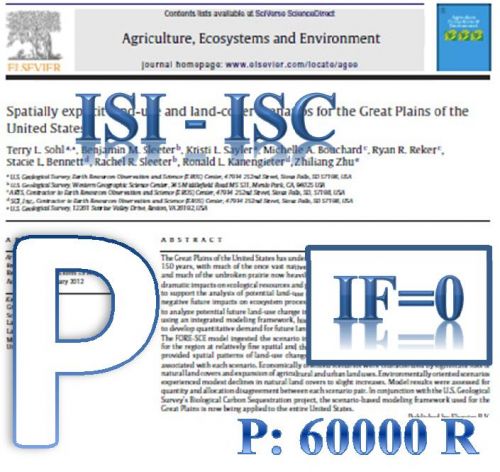Introduction: High surface/volume ratio and 3-dimensionality of nanofibers increases cell-scaffold interactions and promote migration and proliferation of cells. Wet electrospinning is a variant of electrospinning technology that is utilized to produce nanofibrous scaffolds. Altering the parameters governing the wet electrospinning process such as applied voltage, polymer concentration, composition and depth of the coagulation bath, and tip to bath distance can affect the morphology of the produced scaffolds. In this study, theinfluence of various coagulation baths on the physicochemical properties of the wet-electrospun nanofibers was investigated. Materials and Methods: Poly (ε-caprolactone)/Poly (L-lactic) acid 15% (w/v) blends under an applied voltage of 15 kV, and a tip-to-bath distance of 10 cm. were used to prepare fibrous scaffolds via wetelectrospinning technique into aqueous solution of sodium hydroxide (NaOH) (pH~13), distilled water, ethanol, water/ethanol (3:7) (v/v) and water/ethanol/methanol (6:2:2) (v/v). The final products were characterized by scanning electron microscopy (SEM), liquid displacement technique, contact angle measurement, compressive and tensile tests. As well as, cell adhesion and cell viabilitythrough human adipose-derived stem cells (hADSCs) cell culture.Results: Wet-electrospun fibers, except in the almost fully beaded structure of water/ethanol (3:7) (v/v) specimen exhibited random, dispersive and non-woven morphology under SEM observation. The coagulation bath composition significantly influenced on porosity, wettability, mechanical properties and biocompatibility of the scaffolds. The porosity measurement vialiquid displacement method showed that except for the specimen in which the blend was spuninto NaOH, other scaffolds could not meet the accepted ideal porosity percentage of above 80%. According to the contact angle measurement data, it was expected that all scaffolds experience low cellular attachment and proliferation. Conversely, in vitro hADSCs culture demonstrated that the scaffolds presented a non-toxic environment and enhanced cell proliferation and attachment. Conclusion: The data indicated that the scaffold spun into NaOHwas the best candidate among other specimens to culture hADSCs.
کلید واژگان :Human adipose-derived stem cells; Poly (ɛ-caprolactone)/Poly (L-lactic) acid; Scaffold; Wet-electrospinning
ارزش ریالی : 600000 ریال
با پرداخت الکترونیک
